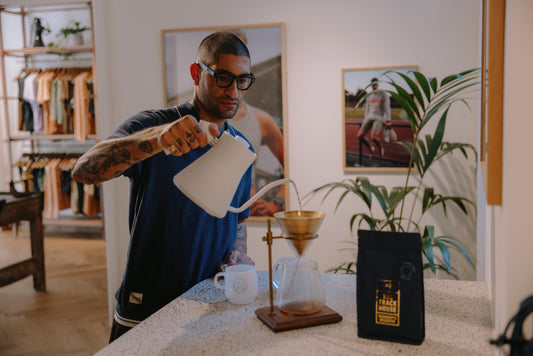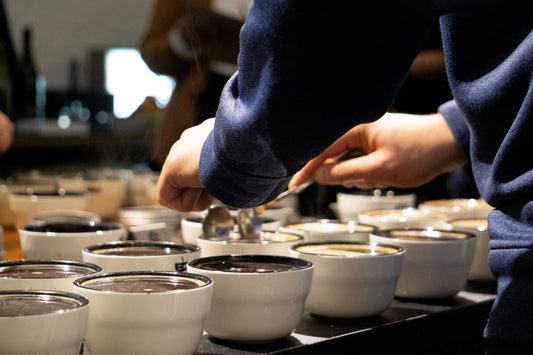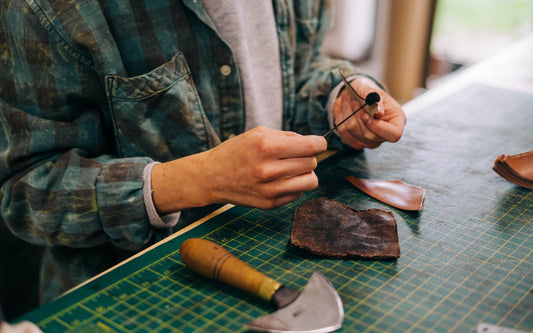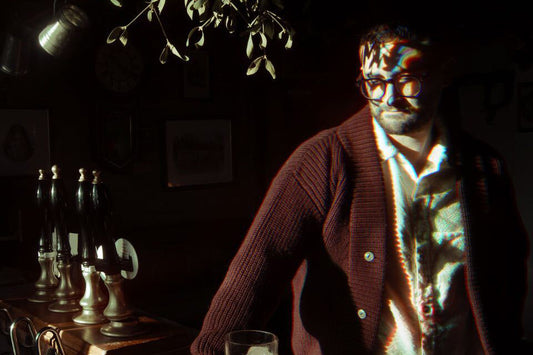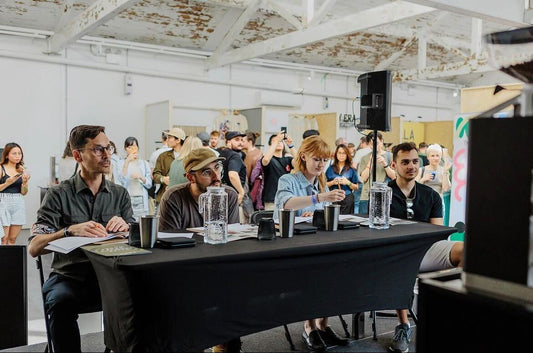Coffee isn’t typically held in the highest regard by the wider food and drink community. Do we think this is justified? Maybe we coffee-folk aren’t being purposefully snubbed, even if we deserve it, but we would be painting with very broad strokes if we were to attribute the lack of great coffee in restaurants to the ignorance of chefs and restauranteurs. We attended MAD4 with the intention of getting more of these people excited about coffee, hoping to chip away at a widening barrier between barista and consumer. Rather than pontificate on all the superfluous details of our craft, the shape of the coffee service enabled us to present ourselves in an honest, humble and accessible manner.
A common occurrence is for cafes and roasters to present their coffee offering in a way that mimics another industry, taking cues from wine, craft beer or chocolate marketing. Whether inspiring the design of a menu, the form of tasting notes, information presented on bag labels or other ways to pique a potential customer’s interest, looking to another industry’s model of presentation can be confusing for the end consumer. There is so much that is unique to coffee, that for MAD4 a decision needed to be made regarding what information was deemed valuable, interesting and engaging - what particular aspects were we to make a song and dance about?
A sure-fire way to reaffirm the misconception of baristas as stand-offish and snobby purists, would have been to list all the dry and technical details, focussing on the nitty-gritty particulars missing out on the bigger play - to turn a non-coffee drinker into a coffee-drinker, and a coffee-drinker into a coffee-lover. Rather than reeling off statistics about residual moisture content after drying, altitude above sea level of the trees and the washing station, hours of dry fermentation and then days drying on raised beds, degassing periods and desired TDS windows, we opted instead for a more utilitarian and accessible array of information. Every attendee was given in their welcome pack a beautifully designed coffee menu, pared back to list simply the farm/co-operative, origin, cultivar and three simple flavour descriptors for each coffee, as well as the roaster.

The concise listing made it clear what was up for discussion, and endorsed such information as making an impact on the cup itself. This deliberate cherry picking of key information was reflected in the conversations we had with the symposium attendees on the various bars. We would inevitably cycle back from time to time to that most bland and quotidian to and fro on caffeine, kopi luwak and other such non-starters, as well as the oft-asked ‘how many cups of coffee do you drink a day?’, but despite these occasional lapses, we got plenty more chances for focussed and poignant discussions. Ourselves, serving a single-farmer produced coffee alongside a co-operative produced lot allowed us to draw meaningful comparisons and contrasts between the coffees on offer, as well as serving vastly different tasting cups. Before the first day of service all the attending roasters sat down together to sticker thousands of cups, so that someone simply grabbing a coffee on the fly could have a peek at their cup and at least be aware that the contents came from a particular country and from a particular roaster.
René Redzepi, already serving great coffee by Tim Wendelboe at Noma, helped garner further interest this year inviting Oliver Strand, coffee and food writer for the New York Times, to introduce the four roasting companies on stage. Standing there, blinded by the spot lights as Oliver talked about our industry, presenting us as leaders in our respective field to a packed house just before the first day’s midmorning coffee break, it underlined the crucial step of making that connection on the bar. This motivated us to follow up the words with action and present our coffees to the best of our abilities over two days.
Ultimately we wanted to present our product at an appropriate level for the attendees, meaning we had to be yes-people. There was no taboo surrounding milk or sugar, and these were all readily available. Removed from the bar, ultimately saying no to certain requests, would have meant closing ourselves off to those yet-to-be initiated coffee-lovers. Not only did we avoid being overly precious of the coffees on offer, we also wanted to work with the other roasters, not simply waving the Workshop flag. Tasting everyone’s coffee and learning the relevant information meant we could be more helpful in responding to a customer’s enquiries and desires. There was no competition as to who brewed the most or had the biggest queue; working together meant sharing more of what was on offer in the carefully curated range of fantastic coffees.
Share:

